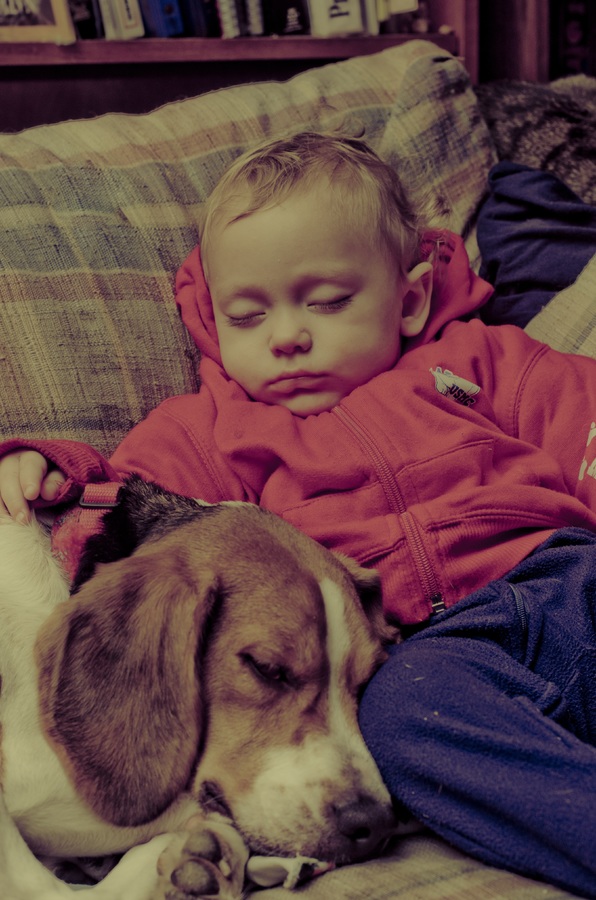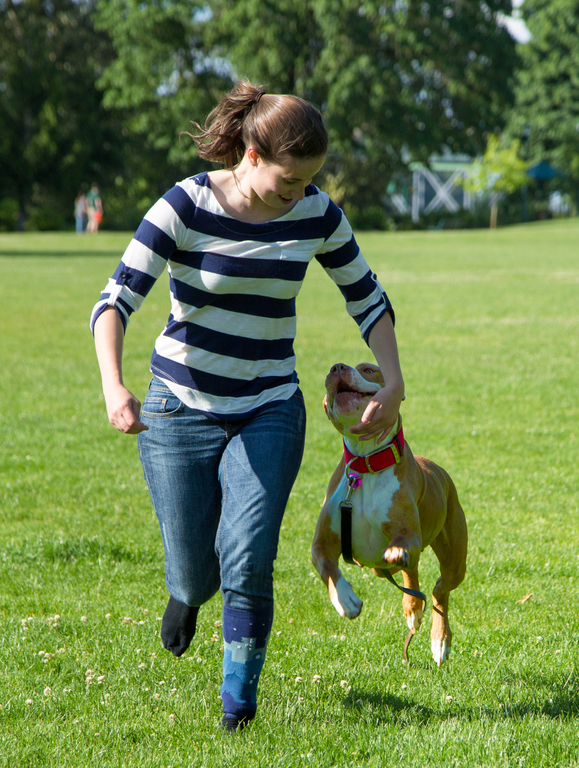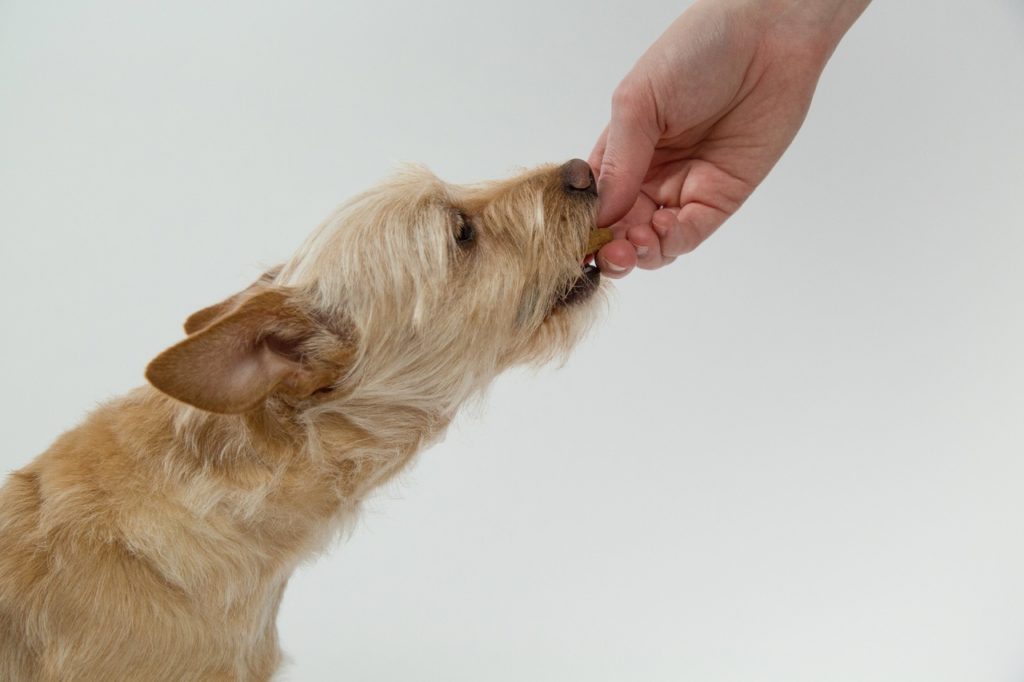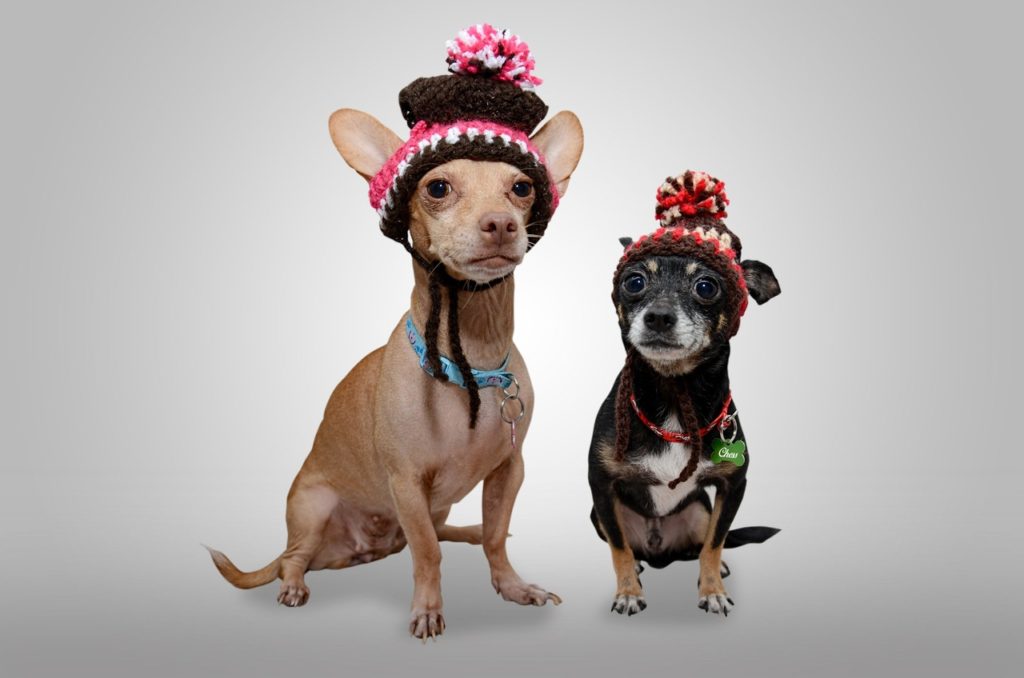In the realm of responsible pet ownership, the decision of when to introduce puppies to the great outdoors is a pivotal one that necessitates careful consideration.
As pet parents navigate the delicate balance between socialization, health maintenance, and safety precautions, the guidance of veterinary professionals becomes invaluable.
Understanding the nuanced factors that influence this decision can not only impact a puppy's physical well-being but also shape their behavioral development in the long run.
Stay tuned to uncover the essential insights that veterinarians emphasize when it comes to this critical milestone in a young canine's life.
Key Takeaways
- Puppies can go outside a few days after their first vaccinations.
- Wait until after the full series of first-year vaccinations before going to the park.
- Socialize puppies early with healthy, vaccinated dogs for adaptation.
- Start leash training early with short, frequent sessions for success.
Vaccination and Health Considerations
When considering the vaccination and health aspect for puppies, it is crucial to be mindful of their primary shots completion timeline, typically falling between 12–16 weeks of age.
It is generally safe for puppies to go outside a few days after their first vaccinations. However, it is advisable to wait until after the full series of first-year vaccinations before taking them to public places like parks where they may encounter unknown animals.
Puppies are usually fully vaccinated around 4 months of age. To aid in their socialization, exposing puppies to healthy, vaccinated dogs early on is recommended. This exposure helps them adapt to different environments and interact positively with other animals, fostering their overall well-being.
Socialization and Training
To ensure puppies grow into well-adjusted and sociable companions, early socialization and training play pivotal roles in their development. Proper exposure to various environments, people, and animals from a young age can help prevent fearfulness and aggression later in life.
Here are some essential tips for socialization and training:
- Introduce puppies to different environments: Exposing puppies to various sounds, sights, and textures helps them become accustomed to new experiences.
- Interact with different people: Encourage positive interactions with people of various ages, genders, and appearances to promote friendly behavior.
- Meet other animals: Controlled introductions to other well-behaved dogs and animals can teach puppies appropriate social cues.
- Start basic training early: Begin teaching simple commands like sit, stay, and come to establish good behavior habits from the start.
Walking and Park Etiquette

Effective puppy walking and park etiquette is essential for fostering positive experiences and interactions during outdoor excursions. When walking your puppy, keep in mind that they may find it hard to walk on a leash initially. Short walks of around five minutes are suitable for puppies, gradually increasing as they grow. It's important to avoid feces from other animals to minimize disease risk. Additionally, starting puppy training and socialization classes as soon as possible can greatly benefit their development. The benefits of socialization classes outweigh the risks and contribute to a well-adjusted and sociable adult dog.
| Dos | Don'ts |
|---|---|
| Start training early | Overwhelm with long walks |
| Use positive reinforcement | Allow excessive pulling on the leash |
| Provide regular breaks | Force interactions with unfamiliar dogs |
Related Articles on Pet Care
In the realm of pet care, it is crucial to stay informed about various topics that can impact the well-being of your furry companions, such as recognizing symptoms of common illnesses and understanding specific breed characteristics. When it comes to related articles on pet care, there are several informative resources available to help you better care for your pets:
- Puppy diarrhea: Learn how this common issue can indicate underlying digestive problems.
- Loss of appetite in puppies: Understand the reasons behind a puppy's refusal to eat and how to address it.
- Petit Basset Griffon Vendéen breed: Familiarize yourself with the characteristics and care requirements of this specific breed.
- Parvo prevention and treatment: Educate yourself on how to protect your dog from this serious and contagious disease.
Additional Resources and Information

What valuable insights and resources can further enhance your knowledge and understanding of pet care? Here are some additional resources and information that can help you in caring for your furry friends:
| Resource | Description |
|---|---|
| Tips for Senior Dogs | Guidance on making your dog's senior years enjoyable. |
| Dog Vaccinations | Information on the costs and types of dog vaccinations. |
| Feral vs. Stray Cats | Differentiating between feral and stray cats to understand their needs. |
| Updated Terms of Service | Review the latest Terms of Service for additional information. |
Feel free to explore these resources to stay informed and provide the best care for your pets.
Conclusion
In conclusion, understanding the timing of when puppies can go outside is crucial for their health and well-being.
By prioritizing vaccination schedules, socialization practices, and proper etiquette during walks and park visits, pet owners can create a safe and enriching outdoor experience for their young canine companions.
With the right knowledge and resources, pet owners can navigate this important milestone in their puppy's early life with confidence and care.




